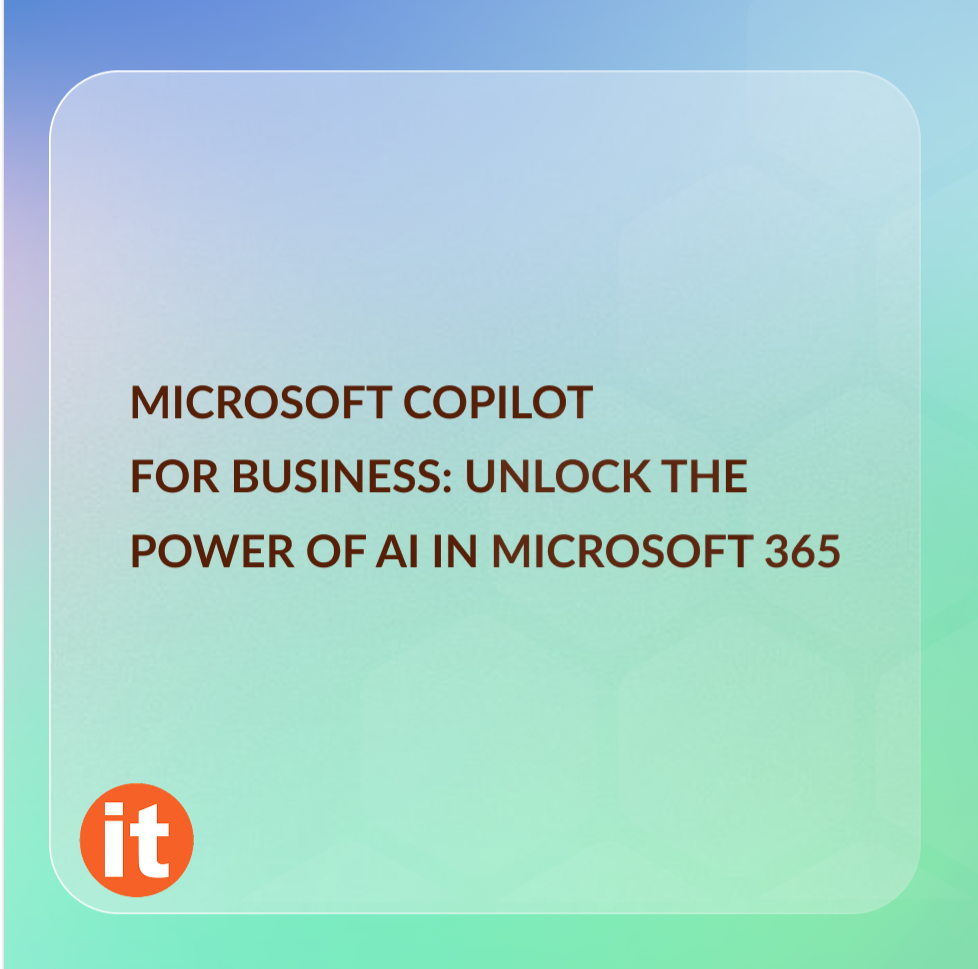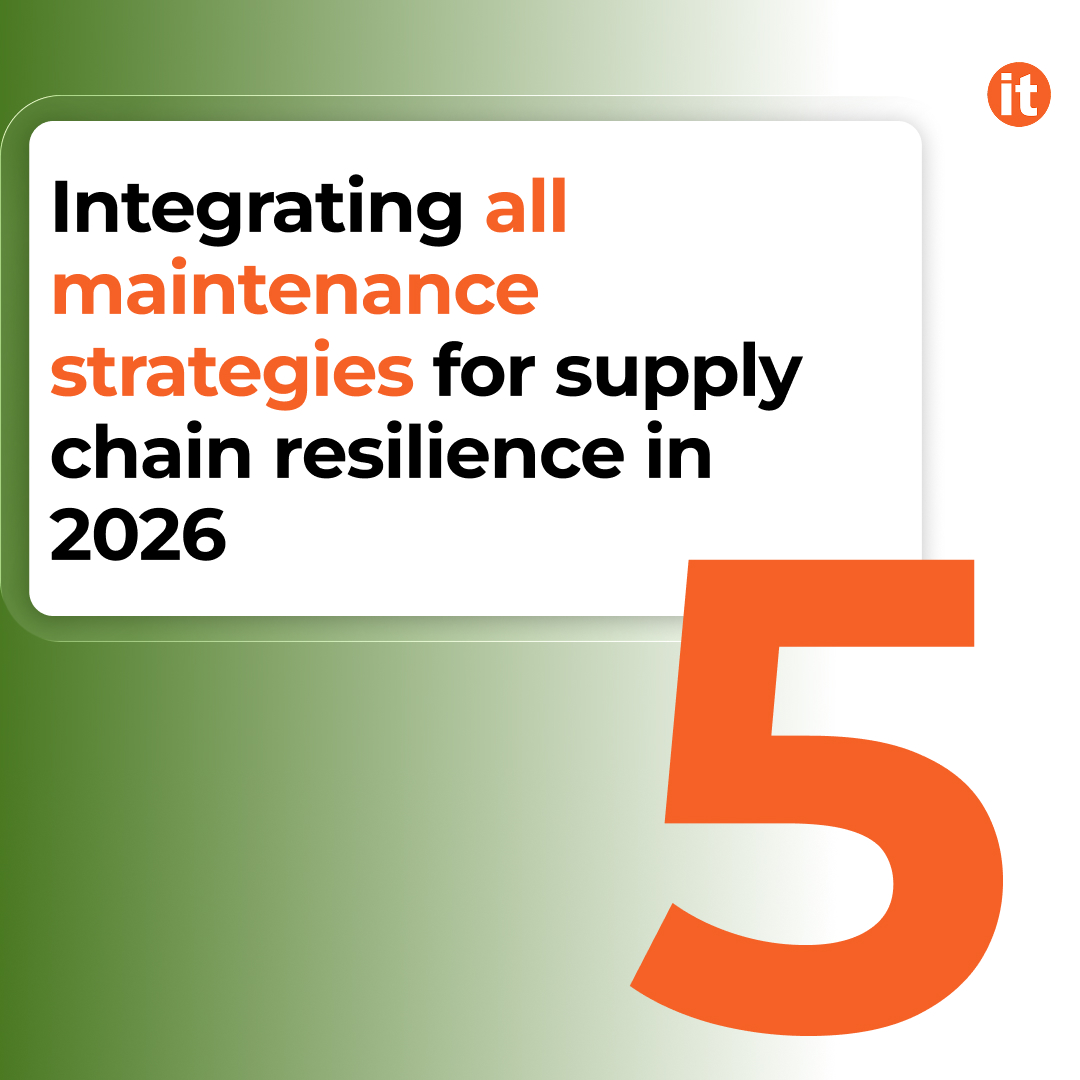In today's rapidly evolving digital workplace, artificial intelligence is no longer a distant concept – it's a daily reality. From streamlining workflows to enhancing decision-making, AI tools are transforming the way we work. Following the groundbreaking release of ChatGPT, major tech leaders have introduced their own intelligent assistants—among them, Microsoft Copilot stands out as a powerful and versatile tool integrated across the Microsoft ecosystem.
Whether you're in sales, finance, IT, or customer service, Microsoft Copilot is designed to enhance productivity by embedding AI directly into the tools professionals use every day – Word, Excel, Outlook, Teams, and more. However, with numerous options and features available, it can be challenging to know where to begin.
This article explains what Microsoft Copilot is, where to find it, its capabilities, and how your organization can benefit from its features, making it easier than ever to harness the potential of AI in your everyday work.
What is Microsoft Copilot?
Microsoft Copilot is a generative AI chatbot developed by Microsoft. You can access it through Windows OS, the Edge browser, Office apps (Word, Excel, PowerPoint, Outlook, OneNote, Teams), and Bing. There are also Copilot mobile apps for Android and iOS. Additionally, Microsoft offers domain-specific Copilots, including:
- Copilot for Sales: Enhances productivity by integrating sales insights from Dynamics CRM into Microsoft 365 tools. It generates meeting briefs, emails, and links CRM data.
- Copilot for Service: Combines generative AI with Microsoft 365 to improve customer engagements, leveraging company and customer data.
- Copilot for Finance: Works within Microsoft productivity tools and connects to financial data sources, like ERP, streamlining financial processes.
- Microsoft Security Copilot: Uses AI to strengthen cybersecurity measures.
Users can customize or build their own Copilot using Copilot Studio.
Is It Free?
Individuals can use Copilot for free on the web, in Windows, Edge, and on mobile apps. For Microsoft 365 apps, a paid version called Copilot Pro is available.
For businesses, Copilot requires a qualifying Microsoft 365 plan (e.g., E3, E5) and an additional subscription for Microsoft 365 Copilot. This business version maintains data privacy within the organization and does not use input data to train other versions.

Features and Capabilities
Copilot allows you to search for information, generate text, create images, and perform tasks in Word, Excel, and PowerPoint. It integrates with Microsoft 365 apps and has access to the same data the user has, allowing it to summarize documents, create financial reports, and even generate action items from Teams meetings.
How Does It Work?
Copilot uses Microsoft's Prometheus AI model, integrating tools like ChatGPT-4, ChatGPT-4o, and DALL-E 3. It also utilizes the Bing search engine's database, Microsoft's natural language processing, text-to-speech technology, and Azure Cloud services.

Commitment to Responsible AI
Microsoft adheres to six AI principles, focusing on accountability, transparency, fairness, safety, privacy, and inclusiveness. They have a Responsible AI Standard and provide copyright protection policies for paying customers.
Concerns and Extensions
While Copilot is powerful, it's not infallible and may generate mistakes or exhibit biases. Microsoft addresses these concerns with tools like InterpretML and Fairlearn to detect and mitigate bias.
Developers can extend Copilot using API plugins to fit specific business needs. These plugins enable interactions via natural language prompts, with Microsoft providing extensive resources to help build custom AI solutions.

Comparing Copilot with Competitors
Compared to Google Gemini and ChatGPT, Copilot offers unique features, such as:
- Voice input and spoken responses
- Image uploads
- Text styling options
- Choice of AI models, including GPT-3.5 and GPT-4
- Free image generation (compared to ChatGPT's paid Plus account)
- Integration with tenant data for a personalized experience
GitHub Copilot is another AI assistant by Microsoft, designed to assist developers by generating code snippets based on comments and existing code. Powered by OpenAI Codex, it supports various programming languages and integrates with multiple development environments. It's available via subscription for both individuals and businesses.
Differences Between Microsoft Copilot and GitHub Copilot
- Scope: Microsoft Copilot focuses on productivity, while GitHub Copilot is designed for coding.
- Target Users: Microsoft Copilot serves a broad audience; GitHub Copilot is aimed at developers.
- Supported Apps: Microsoft Copilot works with Microsoft 365 and Azure; GitHub Copilot integrates with developer tools like Visual Studio.
- Functionality: Microsoft Copilot aids in document creation and workflow automation; GitHub Copilot assists with coding.
- Data Use: Microsoft Copilot uses Microsoft Graph data; GitHub Copilot relies on OpenAI Codex.
Conclusion
Microsoft Copilot marks a major step forward in making AI accessible and practical for everyday business users. Whether you're writing reports in Word, building dashboards in Excel, streamlining sales operations, or managing customer support, Copilot brings the power of generative AI directly into your workflow—securely and responsibly.
As AI continues to evolve, Microsoft Copilot is positioned not just as a tool but as a transformative partner in boosting productivity, enhancing decision-making, and reducing routine workloads. With the ability to scale across departments and industries, and customizable through Copilot Studio, it empowers organizations to innovate faster and adapt to change more confidently.


















